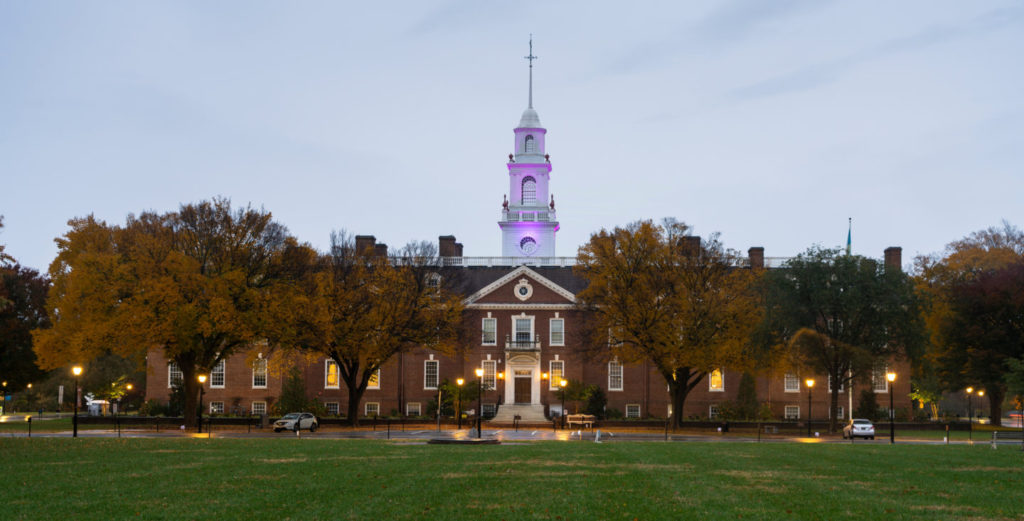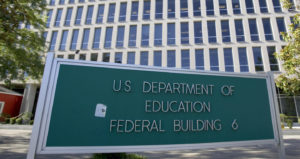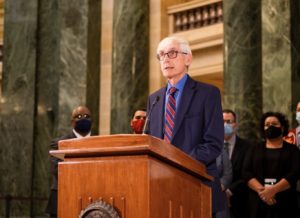Expert: Education funding without transparency a disservice to the system
(The Center Square) – One Delaware policy analyst says the education system in the state needs to be revamped, even as the state benefited from more than $866 million in federal funding.
Citing a…

(The Center Square) – One Delaware policy analyst says the education system in the state needs to be revamped, even as the state benefited from more than $866 million in federal funding.
Citing a lack of transparency with how Education Stabilization Funding dollars are being spent at the local level, Shannon Griffin, who works with the SAFE Schools Campaign, said it is hard to determine if the extra funding is making an impact on student learning.
“It is not a Delaware thing,” Griffin said in an exclusive interview with The Center Square. “This is a crisis across the country. Do we want to keep feeding the same system and expecting a different result? It is not just a money fix. Something is broken structurally in the education system in how we educate our kids.
“The structure needs to be fundamentally redesigned. That is an issue that goes beyond funding. I haven’t seen the political will to have that level of conversation with the powers that be in our state.”
Delaware has spent more than $416 million of the federal funding it received from the U.S. Department of Education that is designed to benefit the 139,930 students enrolled in schools.
Griffin went on to say that she doesn’t think the outcomes of the additional education funding are not providing “the outcomes we needed to see.”
“I don’t think there is ever enough (funding) when necessary to educating our kids, especially those who need extra support and were struggling prepandemic,” Griffin said. “How effectively have those funds been spent? Does the input match the output?”
Delaware, according to the U.S. Department of Education, has increased budget allocations for public and private education to $1.47 billion in fiscal year 2020, which was up from $1.13 billion allocated in fiscal year 2017. For higher education, the state has increased spending to $244.52 million in fiscal year 2020, up from $232.52 million in fiscal year 2017.
Griffin said the need is to look deeper than just the dollars to see if the funding is having the intended effect.
“Transparency,” Griffin said, is the key. “When the pandemic first hit, all the inequities we had we knew they existed. It was already exacerbated. There were burnt out spots where you couldn’t teach remotely because students didn’t have internet access. The state then had to pay money for infrastructure that had not been anticipated before.”
Griffin pointed to the education system as a whole needing more transparency.
“(The information) is just not readily available and does the district and the taxpayer a disservice,” Griffin said. “Then the district is saying we had to have the money. For what? I think it would help build the case if they were more transparent about how those funds are being spent – and that is education as a whole.”
The state, according to the U.S. Department of Education, has spent 33.8% of funding it received for elementary and secondary education, and 99.2% of CARES Act funds have been expended.
“I think that is a good thing as long as the money is reaching the students it needs to reach and the supports the school needs,” Griffin said of the mixture of federal and state funding. “Our achievement levels are lower than they were (before the COVID-19) pandemic. We can’t blame everything on the pandemic. (Student achievement) has gotten worse.”



